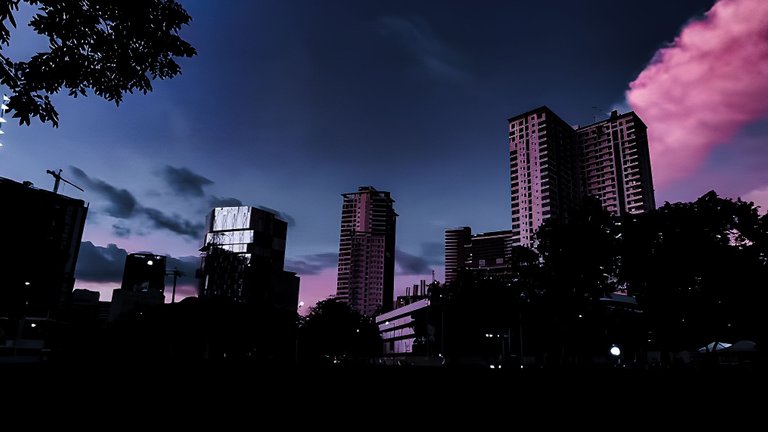
It is natural to feel disheartened after failure or when things fall apart, over and over again. It is never pleasant to invest much time and effort, but the outcome becomes what we never hoped. No matter how good we become, failure exists to remind us that we are not there yet. It is easy to say that we need not take our failure to our heart, but it is difficult in reality. Despite how good things are, there is always room for failure. We need to learn that sometimes it is okay to be not okay. But what is not okay is when we don't recover and bounce back after things fall apart. Over the years, we learned to be resilient and rose from every setback that happened to us all. We realized setbacks are part of our lives, and getting back up and moving on became a way of life.
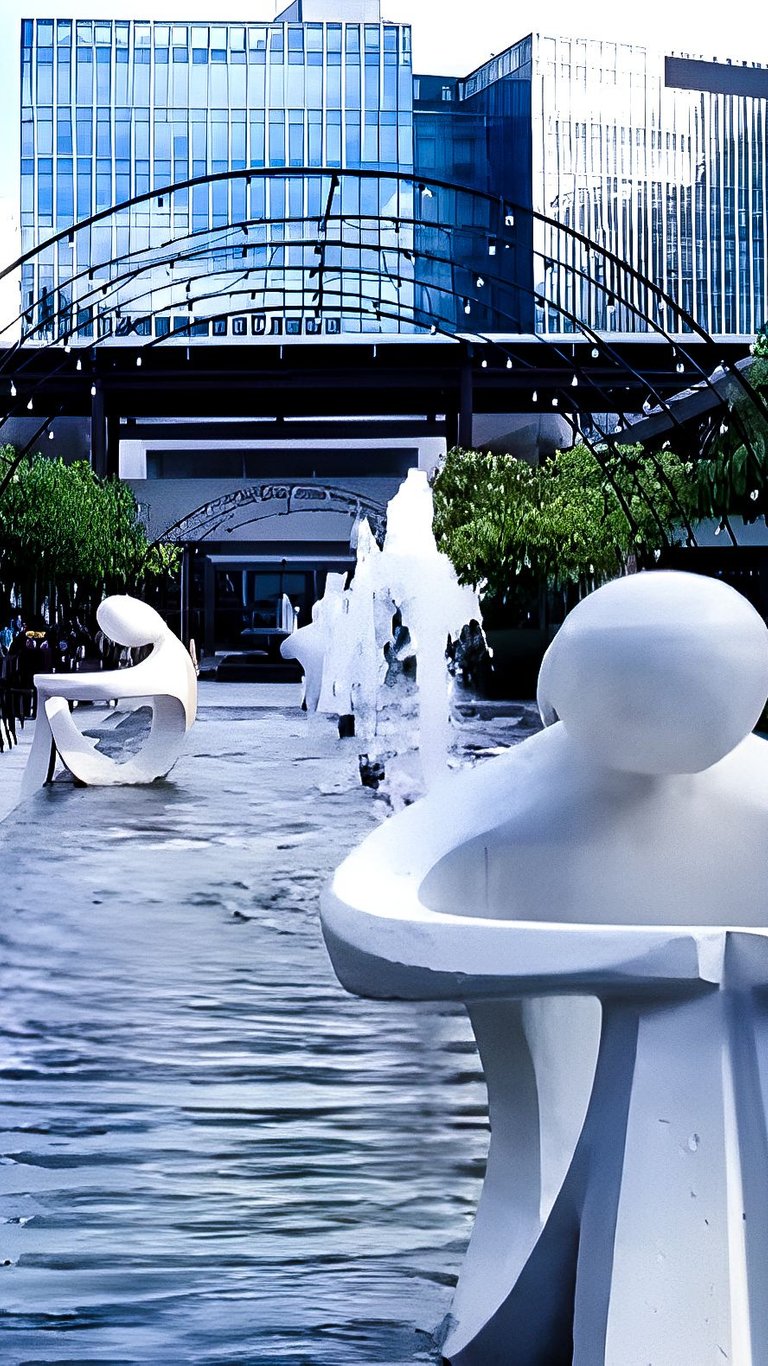
We can't argue that resilience is a remarkable quality to cope with crises and recover when we stumble. Resilience is somewhat overrated when our failure is of similar means, repetitive. We can be more than resilient. When we are resilient, it means merely coping with what life throws at us and being able to bounce back and return to where we are before we stumble. Resilience is not enough, and thus, we need to start to be antifragile. Antifragility is quite appealing since it celebrates becoming better when everything falls apart and in disorder. I encountered antifragility during the pandemic from Nassim Nicholas Taleb. It speaks volumes about benefiting from our failures and difficult circumstances that we experience by thriving and growing.
Antifragility goes a step further from resilience, describing things that not only recover quickly but also recover stronger when confronted with adversity. Remember that being antifragile does not imply that we need to discount our emotions. It is in our humanity to feel sad and have some time to recover. Everyone has a unique situation, a different set of circumstances, that needs more time. We must take care of ourselves rather than deny ourselves to heal to become antifragile. When we want to grow, we learn to adapt and focus on progress at the time of our adversities. Antifragile inspires creativity and growth from disorder and setbacks.
As cliche as it sounds, learning from our failures has always been our cry when we fail, but it doesn't hurt or disappoint less. We often label our failures as painful experiences, but they shouldn't be. Failures are beautiful moments that slingshot us to where we can find a better version of ourselves. It is just a matter of perspective. When we embrace our failures and disappointments as learning experiences, we can develop them into something better and come back stronger.
The antithesis of fragility offers us two perspectives. We have a stereotypical spoiled brat who has never lifted a finger and never experienced conflict. In opposite, the Cinderella archetype is honed and pressed by the immense pressure of every turmoil experience to become better. We must celebrate and adapt the latter and be a polished diamond in the rough. Failing at something teaches us a lot, but only if we force ourselves to make the change. Failure happens from our actions and inactions. Without feeling the consequences, we continue and become a recipe for disaster.
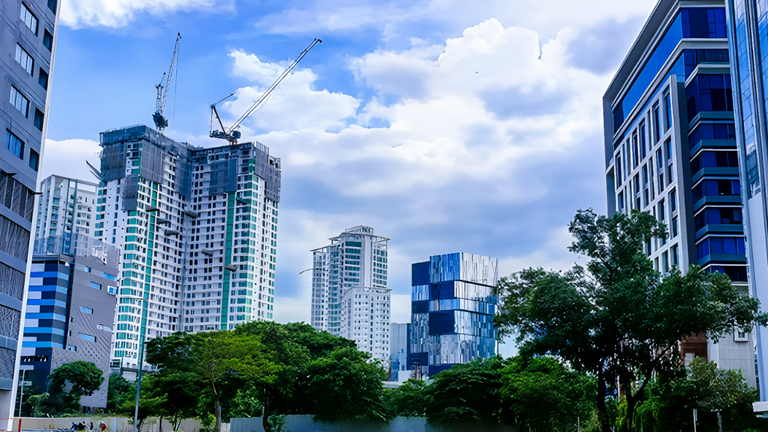
At the early onset of the pandemic, we failed to respond quickly and were ill-prepared. More than two years in the pandemic, we still have had a sudden rise in daily cases. We need to recover, bounce back or be resilient, floats in every conversation. But the world will never be the same again. We always need to build contingencies while we plan and design. Events like pandemics are a black swan. Contingencies tackle a single point of failure, but it isn't fit for the flukes. Antifragility is a design thinking in which we consider all opportunities to thrive with every blow that our system takes. It moves forward to a 'growth because of' rather than 'survival despite' mindset.
Fragility is not a task to make it resilient and robust, but rather an opportunity to reconstruct. Healing no longer fills gaps but an opportunity for transformation and growth. We design spaces and systems to withstand, thrive and grow in adversity. Everything is changing. We better adapt the antifragile philosophy and design thinking to redefine ourselves and systems to future-proof. We design not just meant to react to what was experienced but rather thrive within the experience.
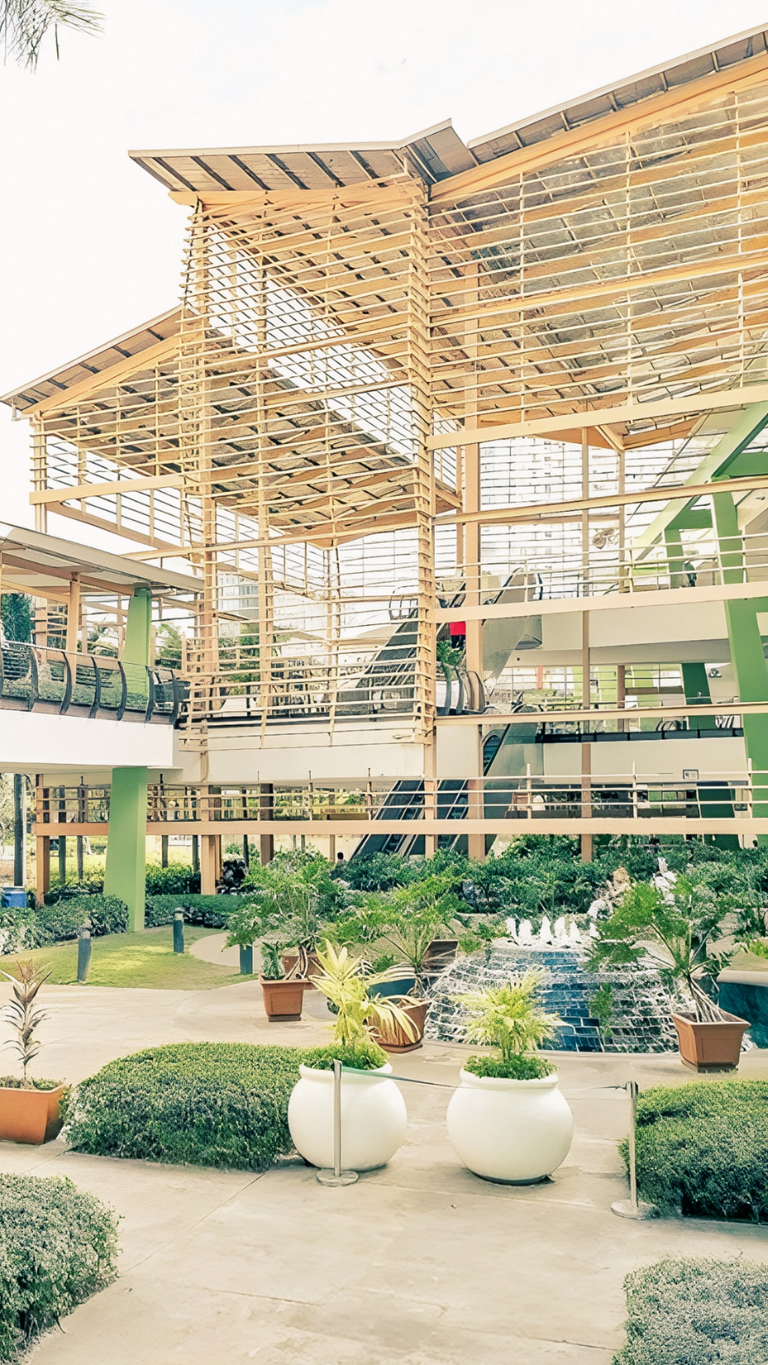
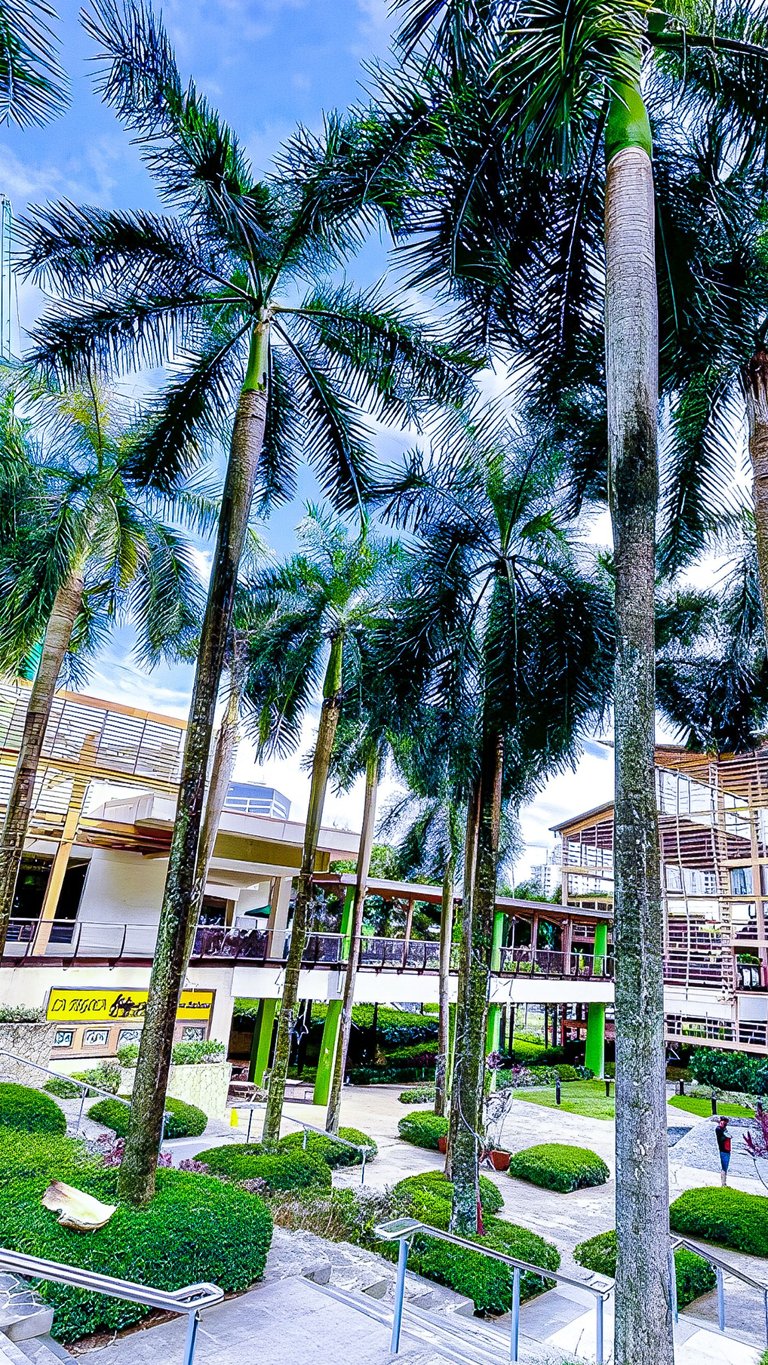
Undeniably, our designs of places or products revolve around a set of defined scenarios or use cases. It is vulnerable to black swan events. When we make our design resilient and robust, we know how we use the thing we're designing, allowing us to determine the necessary features, materials, and so on. Those scenarios determine how adaptable our design will be to changes in the environment and user behavior, but it fails miserably to factors outside the design criteria.
We fall trapped on the happy path because we don't like to think about worst-case scenarios. The real world is unforgiving. Things always go wrong. Reality is not the best case, but it is the chaotic and messy route. At a fast pace, time rarely allows us to go back and take a look. We are caught in a surprise that things fall apart, and we can only have the 'what if' afterthoughts.
We can always blame and claim that climate change is a natural process that is not our fault all day, but that is irrelevant. Black swans occur out of the blue and what we need is to make them antifragile. Change is inevitable, and we haven't designed a world that accommodates it. When we aspire for antifragile design thinking, we adapt to change. Over the years, we showed how unwilling to stop climate change, so our ability to survive and thrive may be predicated more on our resilience in the face of it. But we need to correct our mindset and embrace antifragility about everything we create.
All featured photos are courtesy of the author, unless specified.



